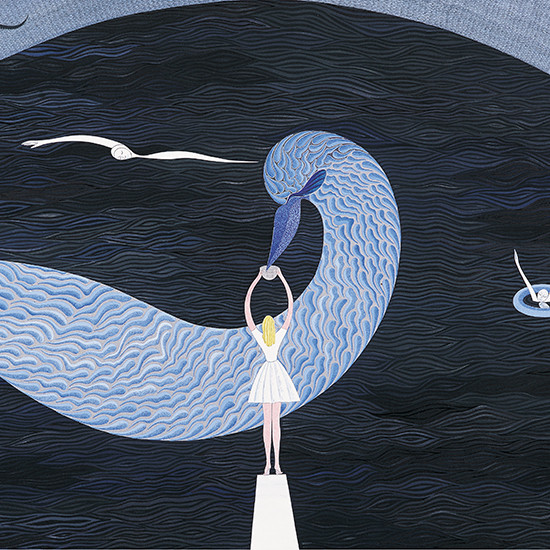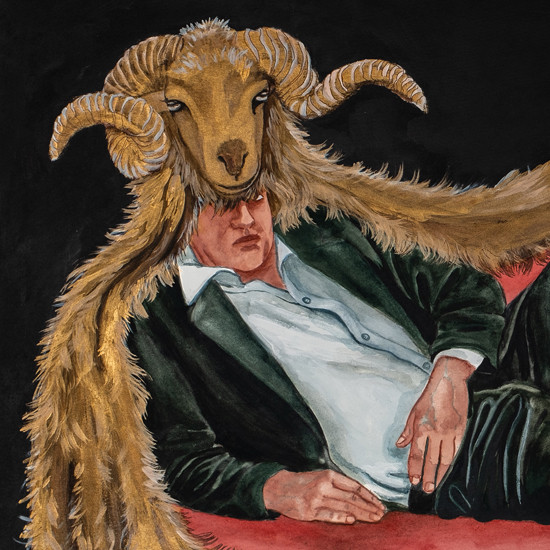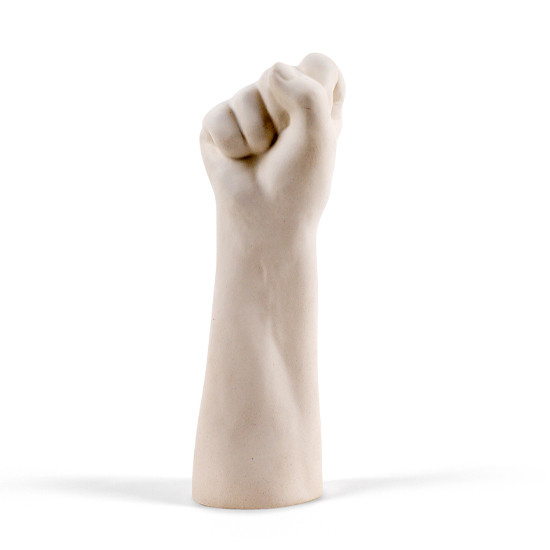Galeri Nev is preparing for its first solo show with Serpil Mavi Üstün. The artist, whose works have been featured in the gallery’s group exhibitions since 2022, is finally bringing together what she has accumulated in her studio over the past two years in Call Me When You Arrive. Serpil Mavi Üstün is traveling from London to attend the opening of the exhibition, which will be on view from February 21 to March 22.
Call Me When You Arrive is built around characters—sometimes male—that Mavi Üstün places at the centre of scenes constructed almost entirely from her own emotional states, perhaps forming a series of self-portraits. In fact, for the first time in this exhibition, her porcelain figurine paintings —capturing their brilliance, fragility, and strange relationships with the more ordinary objects around them— also take on a self-portrait-like quality. On the other hand, the characters in Serpil Mavi Üstün’s work, including herself, actually resemble no one, evoke no one, take no models. Precisely for this reason, they encapsulate the fundamental characteristics of her painting in their gazes and in their stillness.







